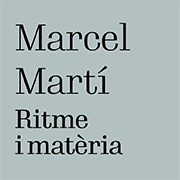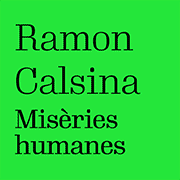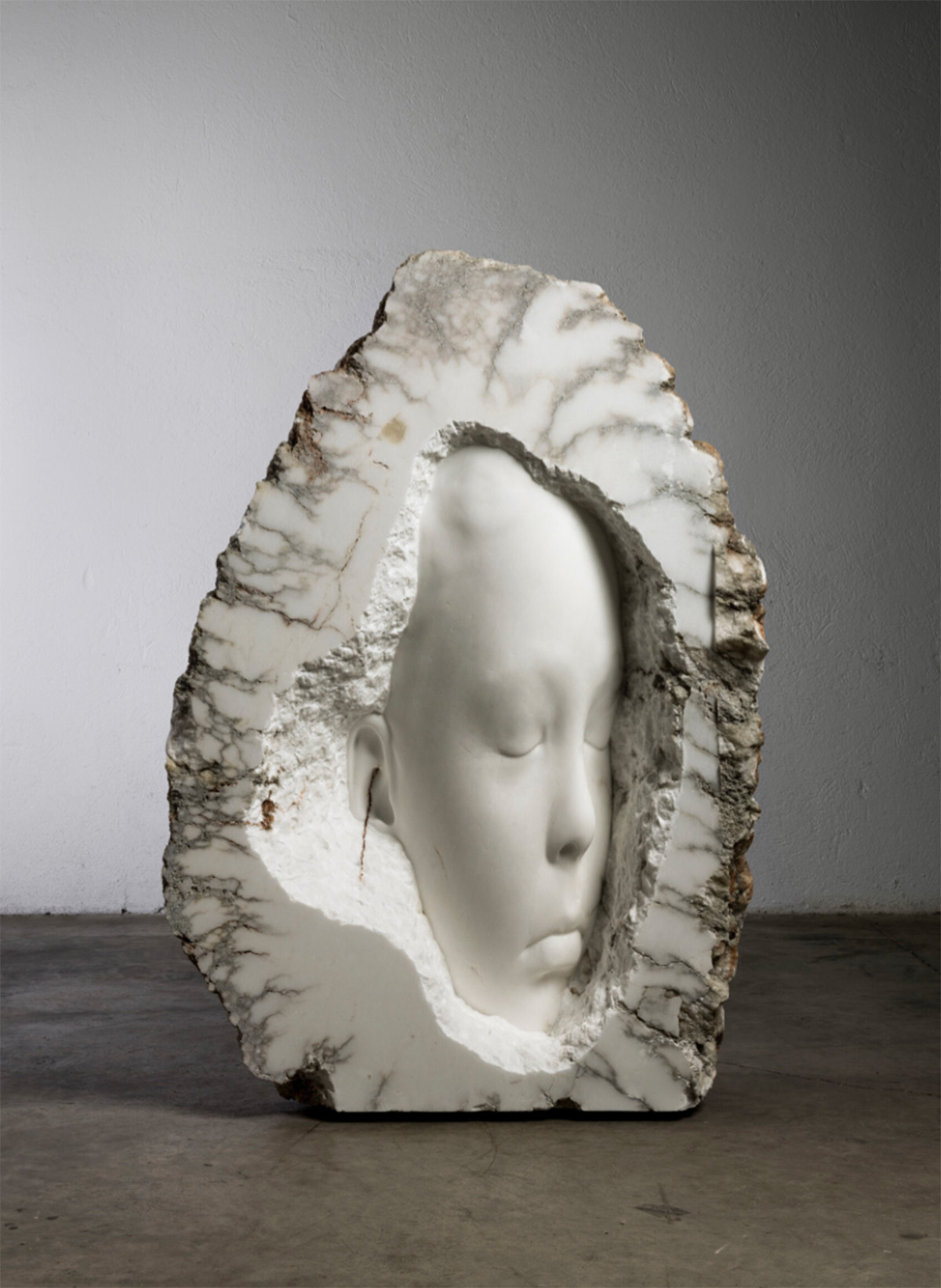Exhibitions
Marta Palau: land, body and identity
A look at the work of the Catalan-Mexican artist at the Tàpies Museum.

The Tàpies Museum opens its doors to Marta Palau. My Paths Are Terrestrial, a retrospective that reclaims the heritage of this Catalan artist, nationalized Mexican, and puts her career in dialogue with the tensions of our time. The title of the exhibition, which refers to an exhibition that Palau presented in 1985 in Mexico, encapsulates her thinking: the earth as matter, as home, as border and as origin.
From Albesa, the town of Lleida where she was born in 1934, to Mexico City, where she died in 2022, Palau built a unique artistic language that addresses displacement, territory and identity. The exile of her parents in 1941 took her to Tijuana, a border space that left a deep mark on her work. With a vision that connects indigenous tradition with the avant-garde, her work addresses pain and resistance, loss and reconstruction.
The exhibition brings together drawings, paintings and large textile installations, accompanied by documents from his personal archive never exhibited before, and is structured around two essential concepts: the land as a space of migration, exile and reception, and the body as a witness to trauma and overcoming, capable of fertilizing. The tour begins with two key pieces: Cascada and Ilerda V, a tapestry that pays homage to his land of origin. His relationship with textiles, the result of learning with Josep Grau-Garriga, is reflected in the way he works with the material, giving volume to the fibers and turning simple materials into artifacts full of meaning.
 Cascada (1978) i Ilerda V (1973), Marta Palau
Cascada (1978) i Ilerda V (1973), Marta Palau
This exhibition not only aims to showcase Palau's work, but also to recover key figures in the history of art who have been marginalized by hegemonic discourses. As curator Imma Prieto states, "Marta Palau's work restores our memory and our history, opening spaces for reflection and resistance." Marta Palau did not limit herself to creating, but also promoted structures to support art in Mexico, with a prominent presence in international events such as the São Paulo Biennial and the Havana Biennial. Despite being recognized first in Brazil and Cuba than in her own adopted country, her influence in Mexico was consolidated over time, until she received the National Prize for Sciences and Arts in 2010.
 Xaman de la terra guerrer, Marta Palau. Col·lecció Gassol Palau
Xaman de la terra guerrer, Marta Palau. Col·lecció Gassol Palau
According to her daughter, Marta Gassol, Marta Palau was a woman passionate about Mexico and its culture, a tireless and innovative artist who demonstrated that art can be born from the humblest materials. Feminicides and gender violence marked a crucial stage in her work, guiding her towards an exploration of feminine power and ancestral memory. Now, Marta Palau returns to Catalonia and arrives at the Tàpies Museum, a space where her work meets that of one of her great references, Antoni Tàpies. The two artists shared a view of the body and matter, exploring it from a telluric and alchemical dimension. Palau , who in several interviews claimed the influence of Tàpies, thus establishes a deep link between her legacy and that of one of the great names in contemporary art.
 Naualli, Marta Palau. © MUAC/UNAM. Comodato Julian Varela Gassol
Naualli, Marta Palau. © MUAC/UNAM. Comodato Julian Varela Gassol








